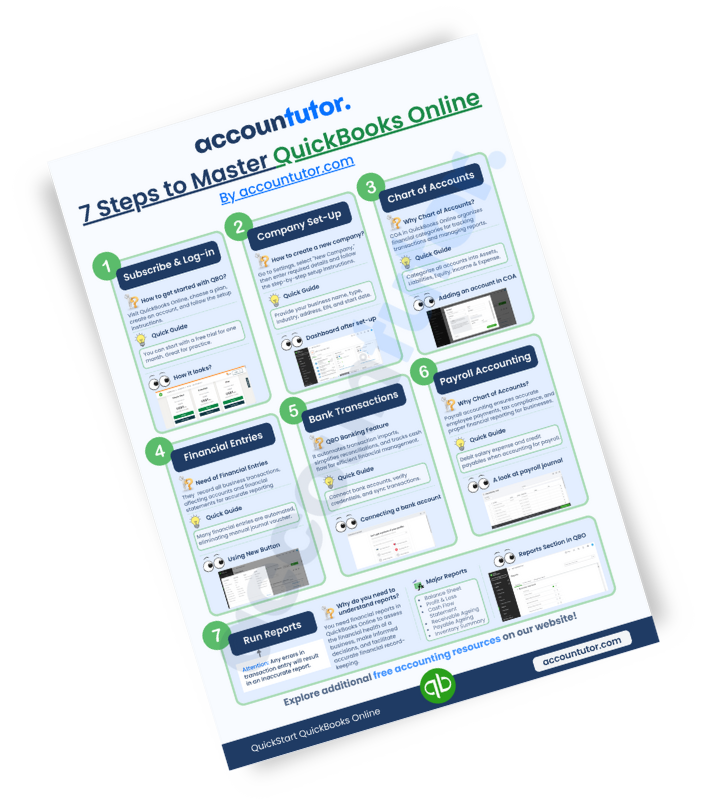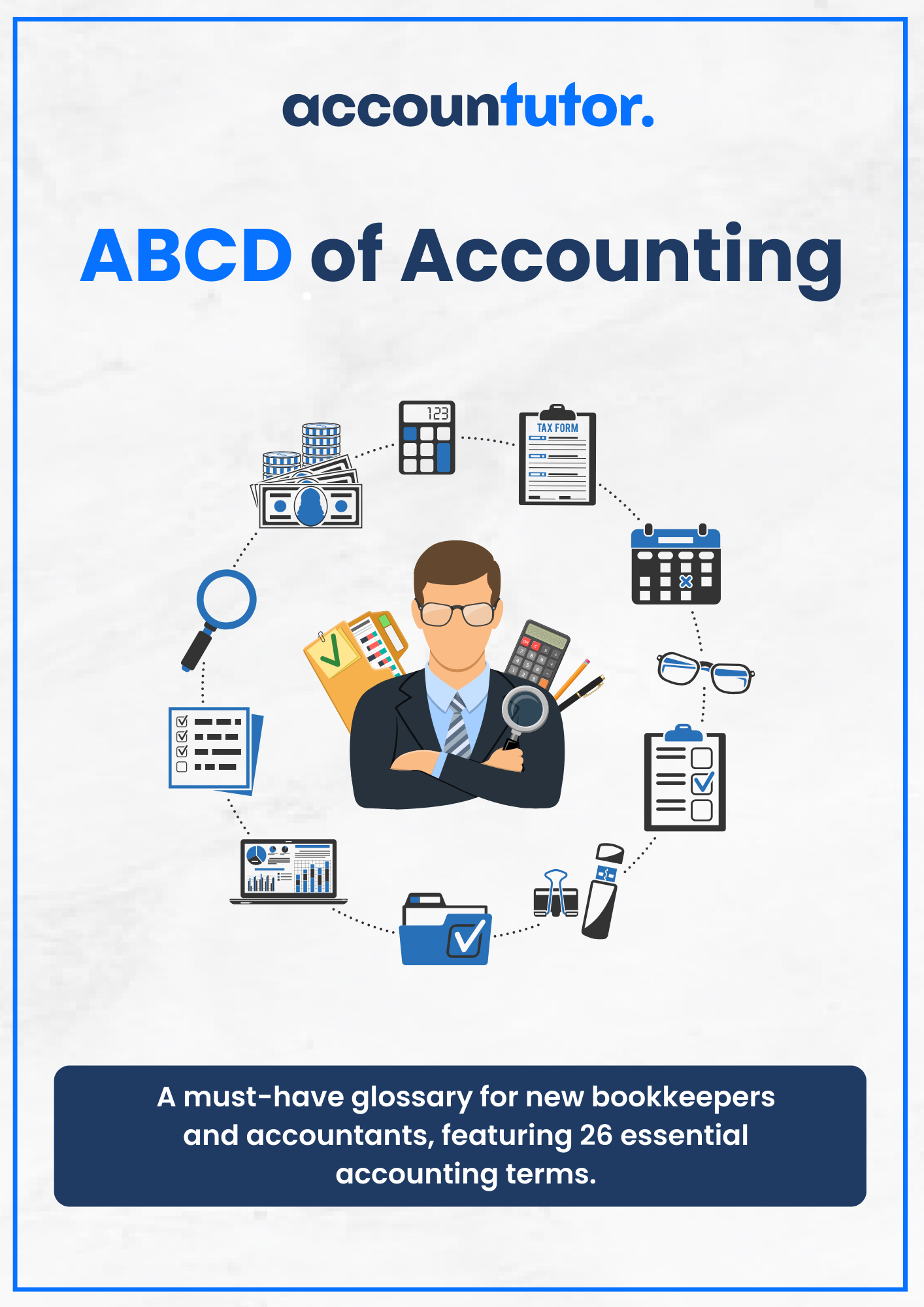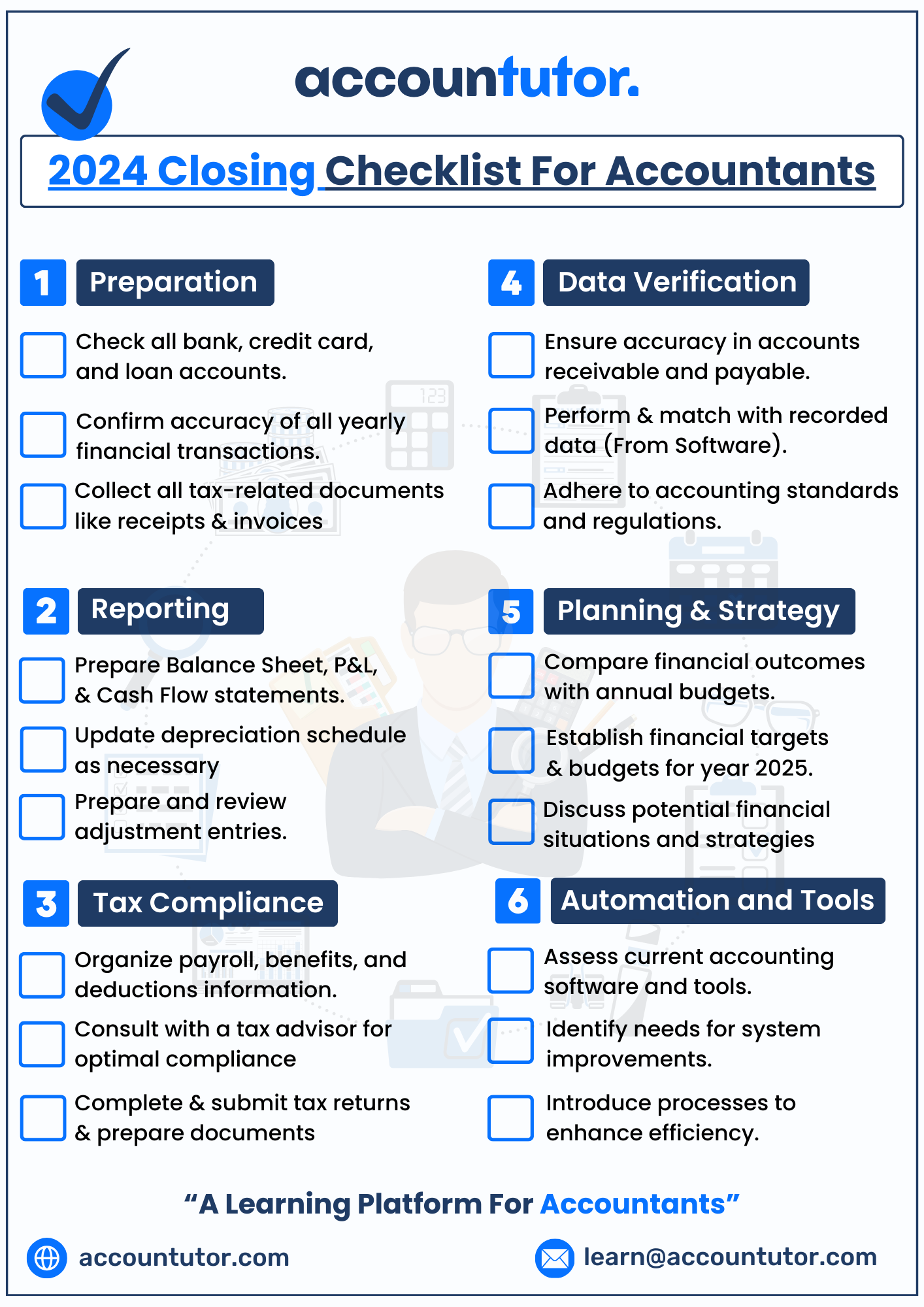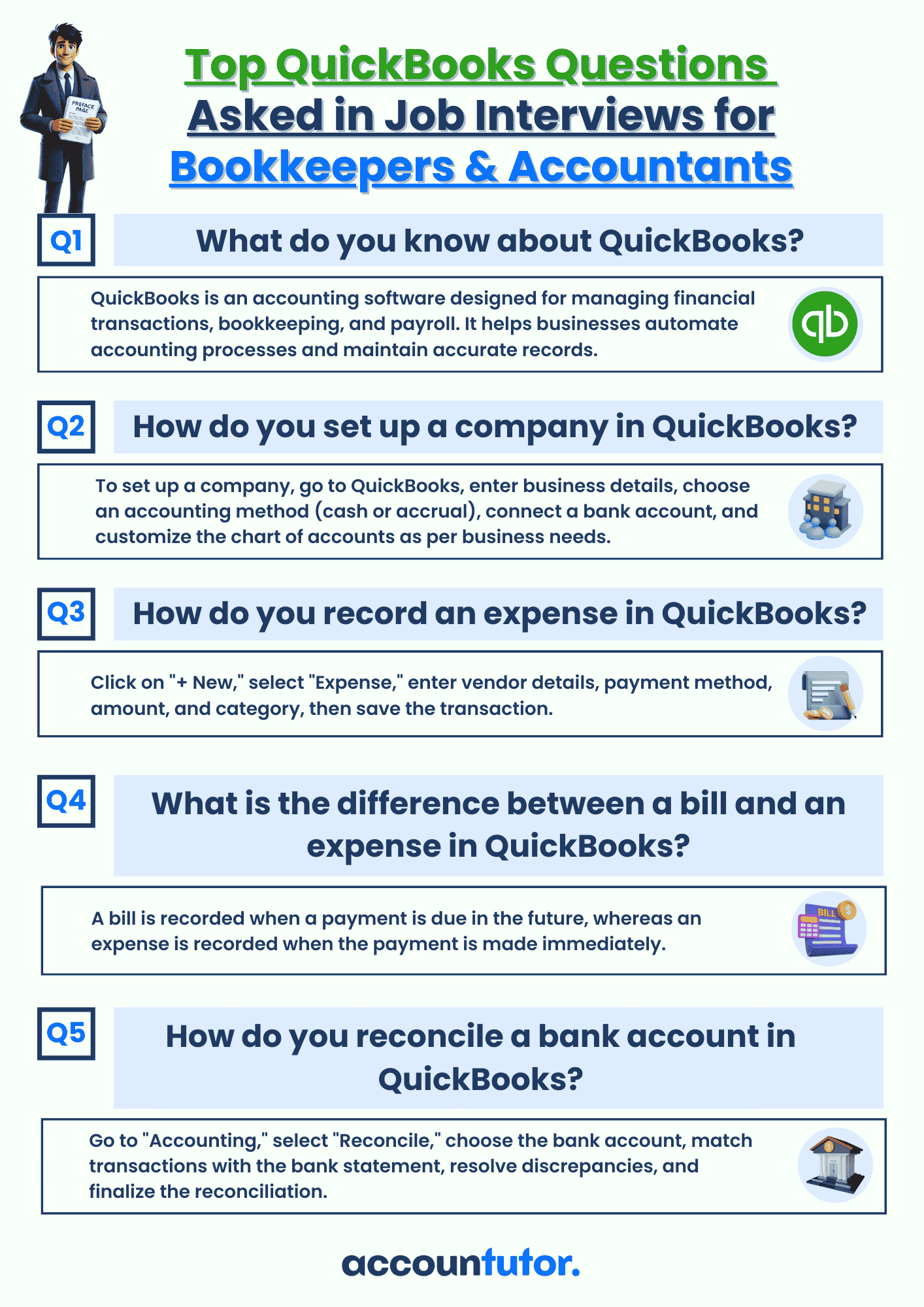Amortization of Intangible Assets
-
What Are Intangible Assets?
-
How Amortization Works
-
Amortization vs. Depreciation
Amortization of Intangible Assets
While depreciation applies to physical (tangible) assets, amortization is the process used to spread the cost of intangible assets over their useful life. These are assets that have no physical form but still provide value to the business.
“Amortization is the gradual reduction in value of intangible assets, allocated evenly across their useful life.”
It ensures that the cost of non-physical assets like licenses or copyrights is accounted for properly over time.
“Amortization is the gradual reduction in value of intangible assets, allocated evenly across their useful life.”
It ensures that the cost of non-physical assets like licenses or copyrights is accounted for properly over time.
1. What Are Intangible Assets?
Intangible assets are non-physical items that still hold significant value for a business. Examples of intangible assets include patents, which grant legal rights to inventions; copyrights, which protect creative works like books or music; trademarks, which secure branding elements such as logos or names; franchise agreements that allow businesses to operate under an established brand; and software licenses that provide legal access to digital tools. Although these assets can't be physically touched, they provide ongoing benefits to the business. Because many of them have a limited useful life, their value is gradually reduced through amortization.
2. Common Depreciation Methods
Most businesses use the straight-line method for amortization, meaning the asset’s cost is divided equally over its useful life.
Example: You purchase a software license for $10,000 with a 5-year term.
Annual amortization = $10,000 ÷ 5 = $2,000 per year
Each year, $2,000 is recorded as an expense, and the asset’s value on the Balance Sheet decreases accordingly.
Example: You purchase a software license for $10,000 with a 5-year term.
Annual amortization = $10,000 ÷ 5 = $2,000 per year
Each year, $2,000 is recorded as an expense, and the asset’s value on the Balance Sheet decreases accordingly.
3. Amortization vs. Depreciation
Depreciation and amortization serve similar purposes but apply to different types of assets. Depreciation is used for tangible assets, such as machines, vehicles, or equipment—items that have a physical form. In contrast, amortization applies to intangible assets, like patents, trademarks, or software licenses, which do not have a physical presence. When it comes to method, depreciation can be calculated using multiple options, such as straight-line or declining balance methods. Amortization, however, is typically done using the straight-line method, spreading the cost evenly over the asset's useful life.
Key Takeaways
✅ Amortization spreads the cost of intangible assets over time
✅ It applies to assets like patents, software, and copyrights
✅ Usually calculated using the straight-line method
✅ It helps match the cost of the asset with the period it benefits
✅ Amortization appears as an expense on the Income Statement
Write your awesome label here.
Access all Accounting and Bookkeeping Courses from One Portal.
Mastering Bookkeeping and Accounting
MBA simplifies accounting, ledger management, account balancing and financial statement preparation.
QuickBooks Online For Bookkeepers
From Beginner to Expert: Master QuickBooks Online. Effortlessly Navigate, Analyze Transactions, and Unlock its Full Potential.
Xero Accounting For Bookkeepers
Learn how to use Xero, the leading online accounting software to perform most of the essential bookkeeping tasks.
ChatGpt for Bookkeepers and Accountants
Learn how to use the ChatGPT prompt toolkit to simplify daily accounting tasks for accountants and bookkeepers instantly.
Subscribe to our newsletter
Stay informed with the latest accounting tips, tools, and updates from Accountutor right in your email inbox.
Thank you!
Policy Pages

Download QuickBooks Online PDF Guide
Thank you!

Download QuickBooks Online Cheat Sheet
Thank you!

Download ABCD of Accounting
Thank you!

Download Checklist 2024
Thank you!
Register For Free!
Thank you!

Download Interview Questions
Thank you!

